Search the Special Collections and Archives Portal
Search Results
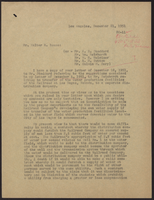
Letter from E. E. Bennett (Los Angeles) to Walter R. Rouse, December 21, 1951
Date
Archival Collection
Description
Discussion of the Railroad developing its own water supply if the sale to the Las Vegas Valley Water District goes through. The shop well never supplied water to the Las Vegas Land and Water Company, so it would not go to the District.
Text
Chief Engineer and Engineering Files, 1903-1972
Level of Description
Scope and Contents
The Chief Engineer and Engineering Files series (1903-1972) contains materials relating to the Chief Engineers office in Los Angeles, California. The chief engineers office was responsible for all railroad construction, including track, sidings, stations, depots, and all railroad and railroad-owned buildings. The chief engineer laid out the company townsites in Las Vegas, Nevada and designed the depots. The Engineering Department was also responsible for the construction of all water facilities and pipelines in Las Vegas, as well as any other towns in which the railroad owned the water supply. The local engineer in Las Vegas reported to the Chief Engineer in Los Angeles. During World War II, the engineers office was responsible for protecting critical railroad installations for which there is a series of files titled “War Conditions."
Archival Collection
Collection Name: Union Pacific Railroad Collection
Box/Folder: N/A
Archival Component
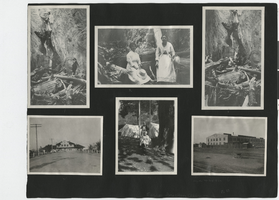
Photograph album 3, Ferron-Bracken Collection, circa 1905-1935, page 21
Date
Description
Image

Las Vegas Ranch, Nevada (2 of 4)
Date
Archival Collection
Description
Text

Las Vegas Ranch, Nevada (1 of 4)
Date
Archival Collection
Description
Text

Las Vegas Ranch, Nevada (4 of 4)
Date
Archival Collection
Description
Text
Mary Griffith Toleno Photograph Collection
Identifier
Abstract
The Mary Griffith Toleno Photograph Collection contains photographs of Nevada from approximately 1875 to 1964. The materials include photographs of Fort Churchill, the Virginia and Truckee Railroad, the New York Mine in Silver City, Virginia City, buildings in Lovelock, Nevada, and locations in Carson City, Nevada and Reno, Nevada. The materials also include photographs of the Griffith family and friends.
Archival Collection
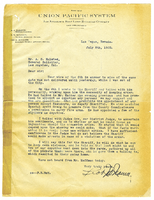
Letter from Leo A. McNamee to A. S. Halsted, July 8, 1922
Date
Archival Collection
Description
Text
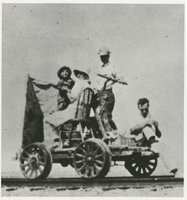
Photograph of people on mine cart, Death Valley Junction (Calif.), 1910
Date
Archival Collection
Description
Image
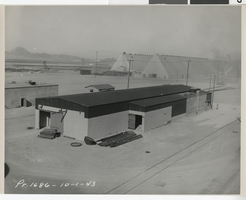
Photograph of a Basic Magnesium Inc. warehouse, Henderson (Nev.), October 1, 1943
Date
Archival Collection
Description
Image
